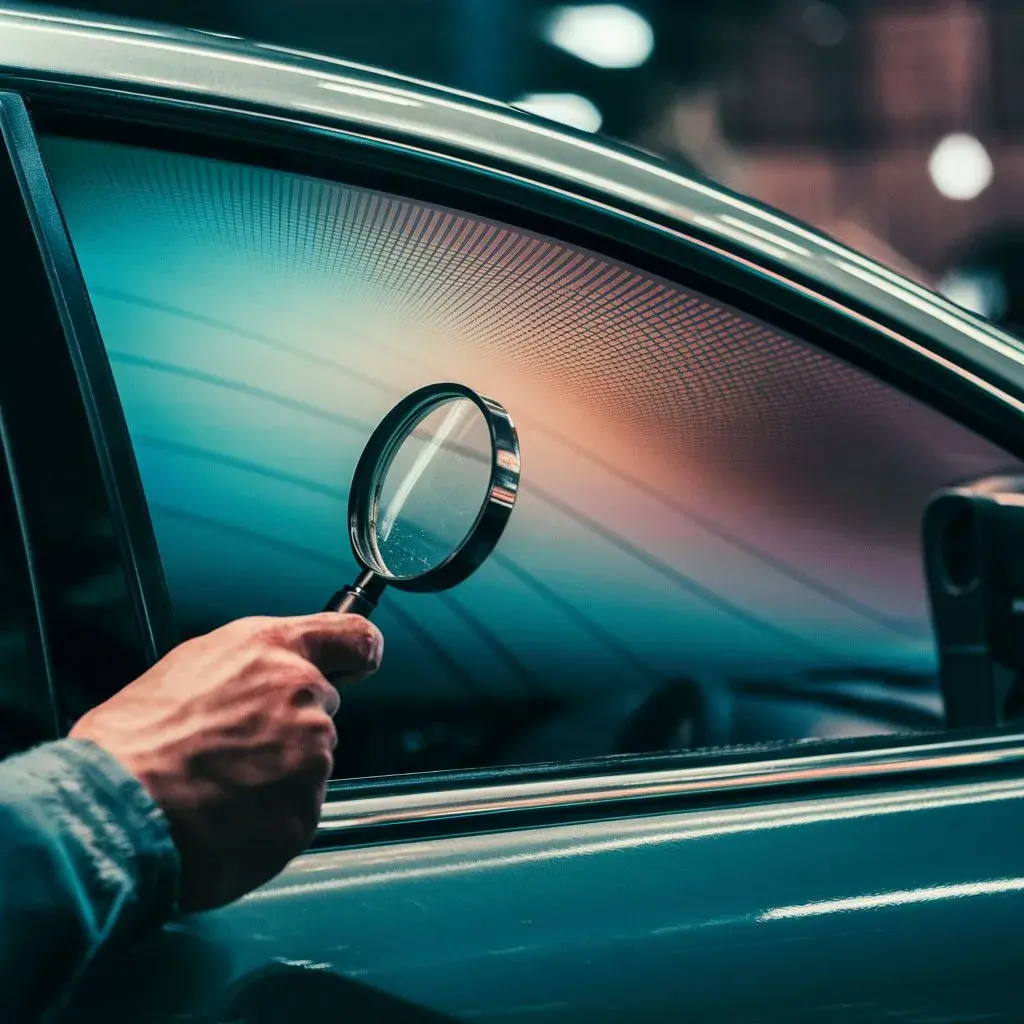Deciphering Auto Window Tinting Specifications: a Deep Dive Into Materials and Methods

From the type of film to the percentage of visible light transmission, from heat rejection to UV protection capabilities, understanding the complex world of auto window tinting specifications can seem like a daunting task.
But you’re not alone in this journey. As a seasoned professional in the industry, I’m here to guide you, to help break down these seemingly intricate details into digestible chunks.
We’ll explore the diverse range of materials used in auto window tints, from dyed to ceramic, and delve into the various methods of application, each with its own pros and cons.
As we demystify these technicalities together, you’ll find that choosing the right window tint for your vehicle is less about guesswork and more about informed decision-making.
So, get ready to embark on this enlightening journey. There’s much more to uncover.
Understanding Auto Window Tinting Materials
When it comes to auto window tinting, you’ll encounter a variety of materials, each with its own unique characteristics and benefits. Dyed window film, for instance, is a popular, cost-effective choice for reducing glare and heat. It’s not as durable as other options, but it’s a solid choice if you’re on a budget.
Metalized film, on the other hand, is sturdier and ideal for blocking heat, UV rays, and providing privacy. However, it can interfere with cell signal and GPS. Hybrid films offer a balance, combining the best of dyed and metalized films.
Lastly, ceramic window film is the high-end choice, providing top-notch heat and UV reduction without compromising signal reception. Understanding these materials allows you to make an informed decision.
Exploring Window Tinting Application Methods
Diving into the realm of window tinting application methods, you’ll find that the techniques used can greatly impact the durability and performance of your chosen tint material. Precision cutting is key and is usually accomplished using computer-guided technology. This ensures a perfect fit, eliminating the risk of peeling or bubbling.
The tint is then heat-shrunk to fit the curvature of your vehicle’s windows, providing a seamless finish. The adhesive process is critical too. It’s typically performed using a mounting solution, which is sprayed onto the window prior to application. The tint is then squeegeed onto the window to remove any remaining solution and air bubbles.
Lastly, the tint is heat-cured to ensure long-lasting adhesion. Understanding these methods gives you a sense of belonging in the tinting world.